

If you’d have told me a few years ago I’d be playing a third person Plants vs. Zombies shooter, I would have laughed in your face. Plants vs Zombies is already gaming perfection and didn’t need to be shoe-horned into another genre to expand or improve; or so I thought. With Garden Warfare EA’s PopCap has managed to retain the unique personality of Plants vs. Zombies whilst creating a well rounded, unique and enjoyable team shooter.
Garden Warfare is, primarily, a multiplayer shooter with both versus and coop modes. Regardless of the mode you play, the basic play style remains the same. You have 8 base characters to choose from, each with a primary weapon plus three unique abilities. The variety in characters is quite amazing and helps to create a fairly balanced game that encourages variety and teamwork rather than a lone wolf mentality. The character select screen even shows your team’s selections allowing you to plan before deployment. Got a team full of cacti (snipers) and peashooters (grunts)? Maybe opt for a sunflower (support) or chomper (melee). Playing against a team that favours hiding tactics? Choose a variant that can inflict burn damage so they’re injured whilst hiding. In a clever move the Zombies aren’t just evil equivalents of the plants. They have a completely different skillset and playstyle no less versatile or complete than their botanical counterparts.
No matter what character you choose all have unlimited ammunition, class variants (like ice or fire) and capacity for three upgrades each. You can also strengthen your characters by levelling which is achieved, not by earning XP, but by completing in game challenges. These vary from reviving or killing a set number of players to using a characters particular skill or move. This is a nice change and prevents things from getting stale, forcing the player to try out a variety of play styles.
Of course it wouldn’t be Plants vs. Zombies without a bit of tower defense and most levels provide an assortment of scattered pots and graves. Pots are used to plant spawnable plants for defense or healing whilst graves are used in a more offensive manner to raise zombies. I’ll leave it to you to figure out which team gets which. As with the character selection the spawnable assists are versatile, balanced and true to the original game. You can plant everything from Scaredy-shrooms to Snap Dragons and raise everything from the standard Browncoat to Coffin Zombies. All are automated so, once summoned, will just do their thing without further interaction allowing you the freedom to get on with the job at hand.
Unlike weapons or abilities spawnable assists are a finite resource. Unfortunately their acquisition isn’t as simple as purchasing the desired items from a shop. There is an in game store, however it sells sticker packs containing a random selection of items. Sometimes you’ll get parts of a new character, sometimes you’ll get seeds, other times you might get costumes or upgrades; it’s all random. Obviously the more you spend the higher the probability of rare items or new characters. The layout of this shop is very similar to what you’ve likely seen in tablet or phone games and I wouldn’t be surprised if the ability to purchase sticker packs with real money became an option later on.
For now sticker packs can only be purchased using in game currency. This is earnt by completing tasks in game. Finishing a level, capturing a point, getting a kill, scoring a critical hit; almost every action comes with a monetary reward. It’s the Plants vs. Zombies equivalent of XP.
Garden Warfare‘s gameplay can be broken down into three main modes; Garden Ops, Team Vanquish and Gardens & Graveyards. Garden Ops is a cooperative mode supporting up to four players whilst Team Vanquish and Gardens & Graveyards are competitive and support up to twenty-four.
Garden Ops is a concept most similar to the original although it shares more similarities with games like Dungeon Defenders than Plants vs Zombies. It’s a co-operative mode supporting up to four players where you must defend a base point against ten waves of zombies. The waves vary in strength and format however the only major difference is in the sub objectives you’re provided. Complete a level within 2 minutes, hunt down chieftains, destroy gravestones, prevent a Gargantuar from bombing your base, and so on. No matter what the sub objective is your core goal remains the same. Survive and protect your garden (base). If your team dies or your garden is destroyed it’s game over. Unfortunately this game is only available cooperatively and only as the plants. It would have been great to be able to play as the zombies and try to strategically over run your opponents. Like in Ratchet & Clank: QForce for example.
Team Vanquish and Gardens & Graveyards are Garden Warfare‘s competitive modes. Each support up to 24 players and have standard and classic (no upgrades) modes. Team Vanquish is your stereotypical team deathmatch mode with one objective; score enough kills to reach the level target. This is pure deathmatch so spawn assists are disabled and death just means a brief delay then respawn.
Gardens & Graveyards is a glorified, yet unique, capture the point mode. Each level has a number of capture points and an end goal. The zombie team must sequentially capture each point before a timer runs out whilst the plants merely defend. Plants are unable to recapture their points however they win the round if the timer runs out. This might seem a little unbalanced but, surprisingly, that wasn’t the case and we had many rounds that were decided in the last 20 seconds.
Gameplay-wise, everything feels right. Guns have a nice weighty feel and deal a fair level of damage proportionate to their benefits. For example the Cactus has stronger attacks with better range and a higher chance of critical but a slower fire rate and reload capacity. The Chomper has instant kills but incurs a short period of inactivity directly after. Levels are designed well to allow for this and have a balanced mix of destructible and permanent cover. There’s no snap to cover or crouching so cover is gained by positioning yourself strategically. Wooden fences and garbage cans will protect you against one attack whereas stone walls are forever. Collision detection is very precise however so, if you hide behind a wooden fence, you are able to shoot between the cracks thus gaining a little camouflage and a potential advantage.
It’s worth mentioning that the Xbox One verison of Garden Warfare comes with two exclusive features. The first is a split screen option for Garden Ops and the second is a Boss Mode for Team Vanquish and Gardens & Graveyards. Boss mode allows you to provide air support for your team on the ground. Taking the role of Crazy Dave or Zomboss you are presented with an overview of the map. Using Kinect, a controller or Smartglass you collect sunlight or brains then spend it to provide support or artillery assistance.There are only four assists available however, if used correctly, they can have significant impact. It’s a nice concept but got boring fairly fast and became that “OP but boring job” nobody wanted.
Visually Garden Warfare is amazing. Using the Frostbite engine it’s meticulously detailed and gorgeous. Lighting effects are used to great effect but the style and essence of Plants vs. Zombies is maintained. It never feels like it’s trying to look like a real life version of the cartooney original. This style permeates the entire game. Menus, notification screens, characters… everything looks like a beautifully detailed version of its predecessor.
What they achieved visually they replicated audibly. Plants vs. Zombies titles have a unique and catchy sound essential to the overall appeal. Garden Warfare manages to capture the essence of this whilst giving it more “edge” and styling it towards a more hectic gameplay style. Music varies depending on what team you’re playing and, in modes like Gardens & Graveyards, plays an important role in notifying you of who controls a point.
What makes Garden Warfare so special is the attention to detail. It’s not just another shooter with a Plants vs. Zombies theme tacked on; it’s its own game with a unique style and means of play. Unfortunately it’s also quite limited and relies on people’s desire to level and improve rather than level variance as a drive. Lobbies purely let you choose a match type and then find a match; that’s it. There’s no chance to set bots, no setting public or private matches, no viewing what matches are playing and choosing which to join. It leads to very rudimentary matchmaking. The innovation and style is fantastic, but not enough to justify a $60 plus price tag. Luckily, the game is only $40-$50 so what are you waiting for? Buy it!
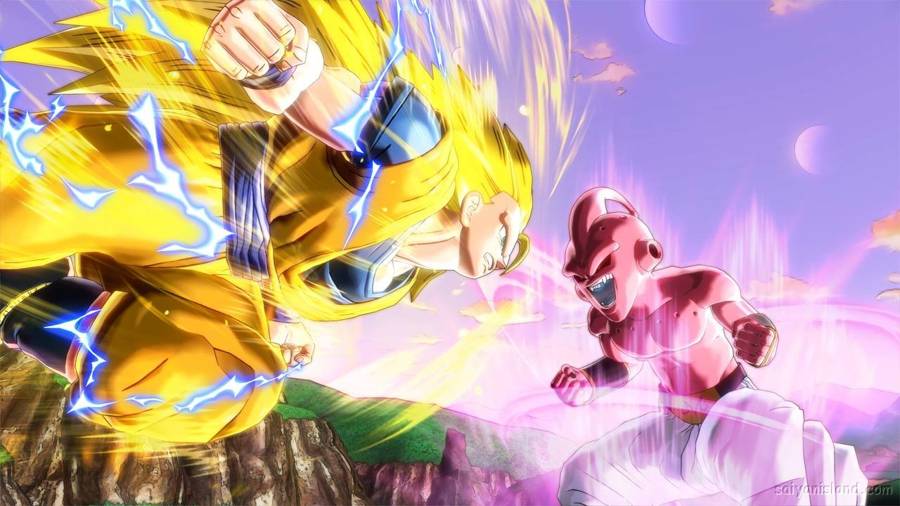


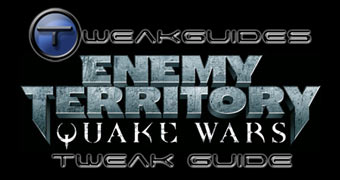
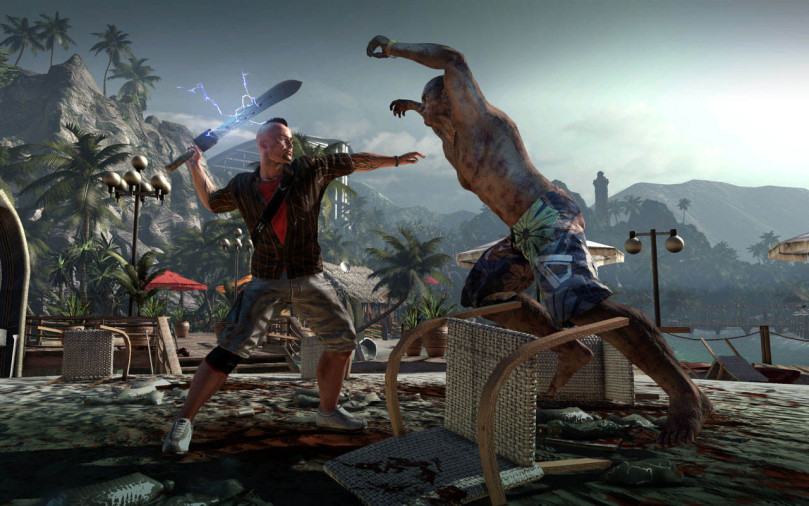 Dead Island Prologue: Blood On The Sand Quest Guide
Dead Island Prologue: Blood On The Sand Quest Guide Hearthstone Heroic Guide: Blackrock Mountain Part 2
Hearthstone Heroic Guide: Blackrock Mountain Part 2 Why more games should follow Black Ops 3s lead
Why more games should follow Black Ops 3s lead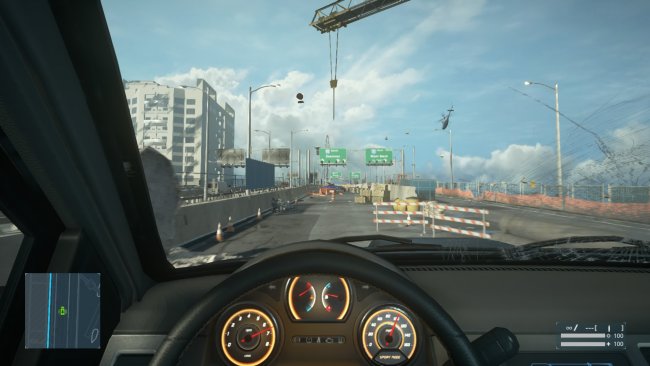 Online in Hardline: A week and change playing Battlefield
Online in Hardline: A week and change playing Battlefield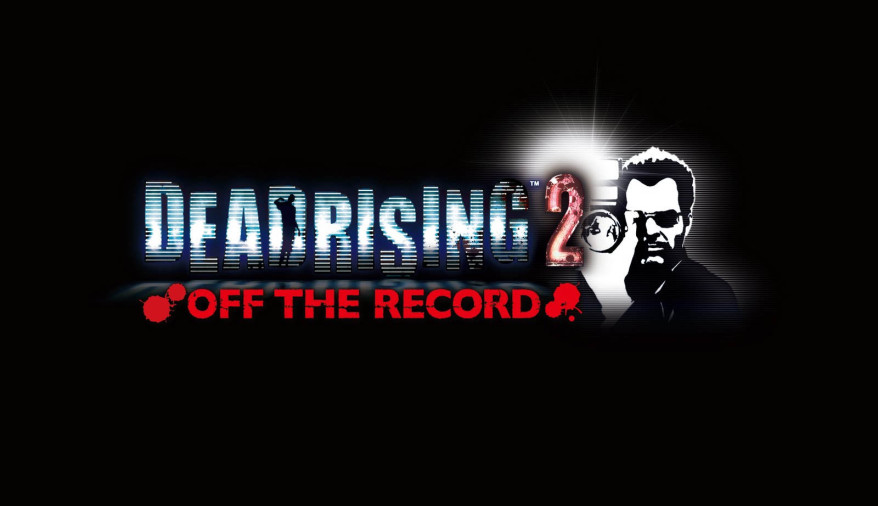 Dead Rising 2: Off The Record Complete Walkthrough Guide
Dead Rising 2: Off The Record Complete Walkthrough Guide